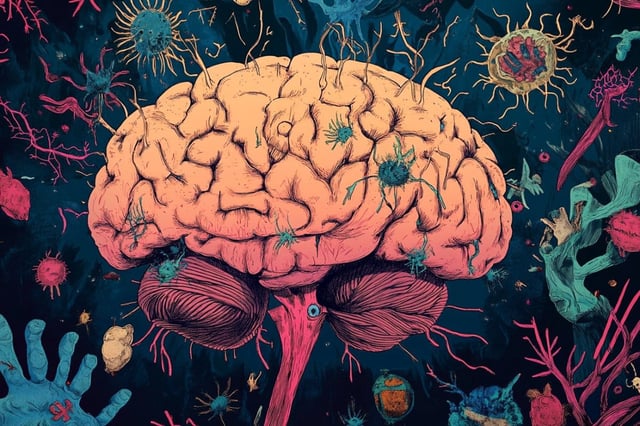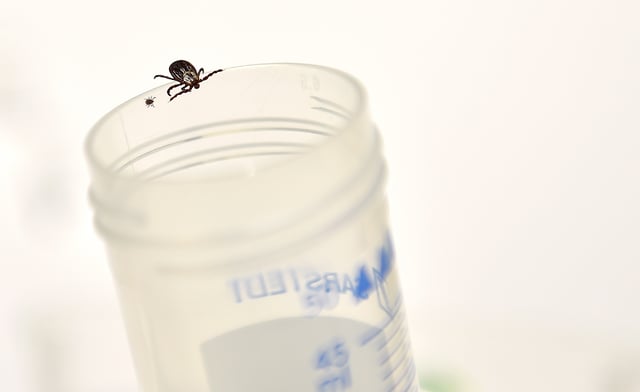Overview
- A study published in *Science Translational Medicine* confirms that remnants of Borrelia burgdorferi peptidoglycan persist in human tissues for weeks to months after antibiotic treatment.
- This bacterial cell wall fragment provokes an inappropriate immune response, contributing to symptoms of Post-Treatment Lyme Disease Syndrome (PTLD).
- The persistence of Borrelia peptidoglycan is linked to its unique molecular structure, modified by sugars absorbed from its tick vector, which resists normal clearance by the body.
- Approximately 14% of Lyme disease patients treated early with antibiotics still develop PTLD, highlighting the need for alternative diagnostic and therapeutic approaches.
- Efforts are underway to develop monoclonal antibody therapies to neutralize the inflammatory peptidoglycan and improve outcomes for PTLD patients.

